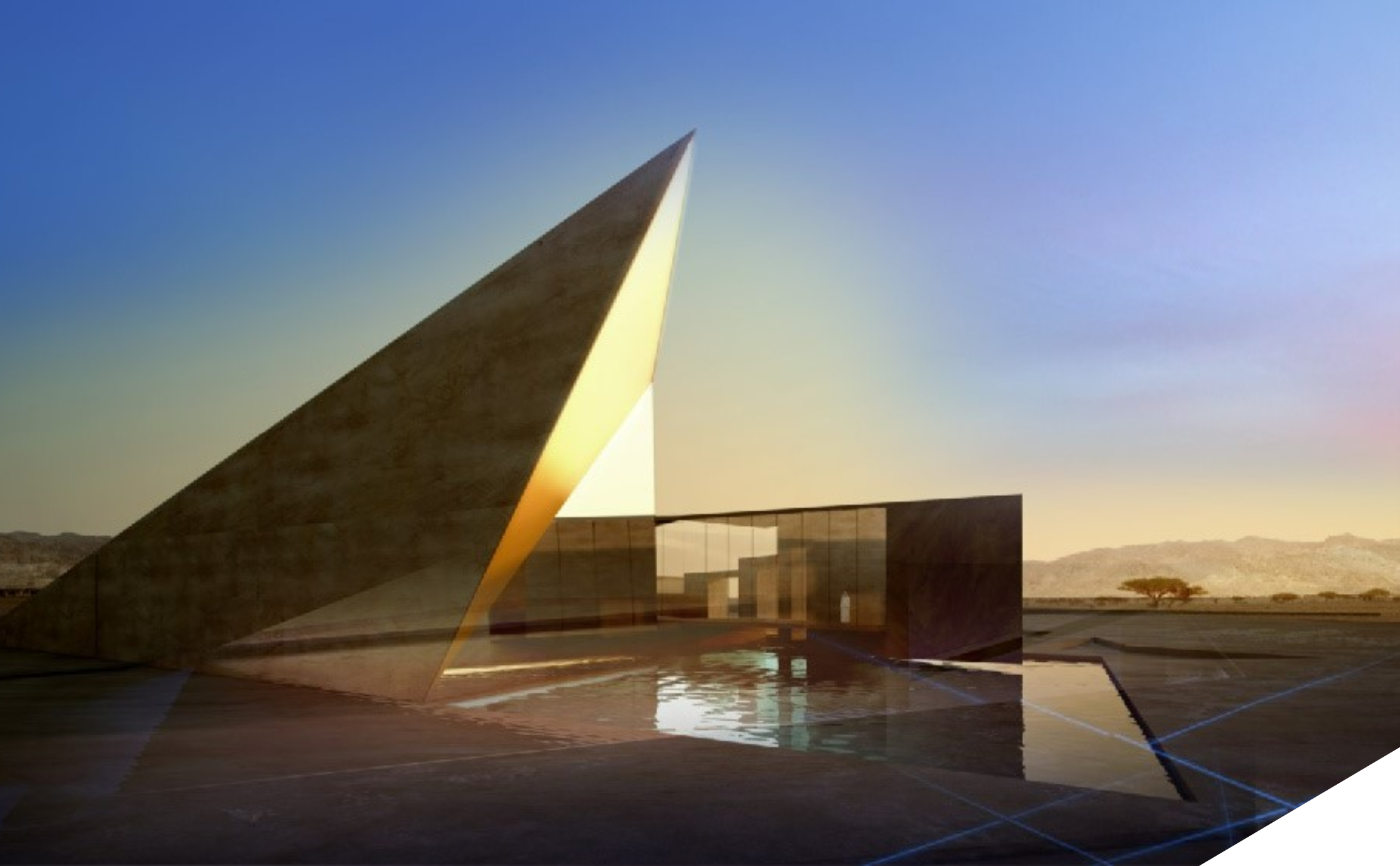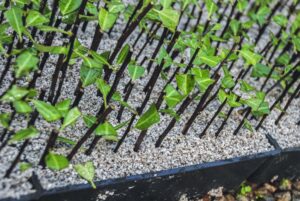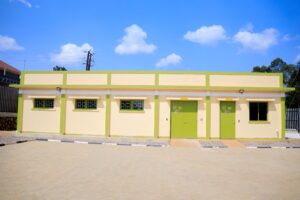|
The Prix Versailles initiative is focused on recognising the “WORLD’S MOST BEAUTIFUL” achievements. |
|
These achievements, across a range of building typologies, are awarded each year where each nominee is an expression of exceptional architecture and design. The initiative highlights the primary role of the Laureates in beautifying and improving the living environment. |
|
The awards are announced by UNESCO and consider the following factors: Innovation, Creativity, Reflection of local, natural, and cultural heritage, social interaction and participation values, and Ecological efficiency. |
|
Celebrating its 10th anniversary, the Prix unveiled an elite list of seven museums located from India to Japan, from Egypt to China and Poland to the Netherlands. |
|
The select few, including OAAM, competed for three coveted Word Titles, the Prix Versailles, Interior, and Exterior, with winners announced at UNESCO Headquarters in Paris on December 2nd. |
|
COX, represented by Directors Steve Woodland, Amanda Ainslie and Greg Howlett, as the ‘Special Prize for Exterior’ Title Laureates were called to the stage to receive the award personally. This represents COX’s second Prix Versailles title, with Optus Stadium in Perth previously being awarded |
|
‘Most Beautiful Sporting Facility’ in 2019. |
|
Jérôme Gouadain, Secretary General of the Prix Versailles, emphasised the growing significance of museum architecture in promoting intercultural dialogue and immersive experiences. |
|
“ |
|
Museums provide singular settings conducive to intercultural dialogue. Bolstered by technology, they |
|
now deliver ever more immersive experiences, participate in the dissemination of knowledge, and help form the tastes of their visitors”. |
|
“ |
|
By creating the World’s Most Beautiful Museums List, we also wanted to emphasise the importance |
|
of wonder, which elevates the human gaze and allows us to be surprised, because of what they are, and what they are intended to be, museums fully contribute to the goals of intelligent sustainable development,” the secretary general of Prix Versailles added. |
|
Steve Woodland said of the accolade: |
|
“ |
|
We are extremely honoured to be recognised by such a globally significant award. The beauty of the |
|
museum is very much bred out of the extraordinary beauty of the Oman Landscape. We found both the land and the people to be a rich and evocative source of creative inspiration. Within the beautiful envelope of the OAAM lie the fascinating stories of Oman and its people. This is truly a place of great, contemporary storytelling by and for the Omani people, particularly its youth. This is the true role of |
|
Museums in society. We are proud to have worked alongside the Oman Royal Court Affairs in such a memorable creative journey.” |
|
The Museum |
|
Today, the Oman Across Ages Museum stands as a world-class cultural and educational destination, fulfilling its mission to promote an appreciation of Oman’s unique character, history, and renaissance. It is strategically located near Nizwa, a historic trade centre and a major tourist destination, ensuring a steady flow of visitors throughout the year. |
|
The museum is not just a place to learn about Oman’s past, it is designed to transform how Omanis think, feel, and engage with their country. It inspires visitors to contribute more fully to shaping Oman’s future, making it a vital institution for both national and international audiences. Through its immersive exhibits and educational programs, the museum continues to be a beacon of Omani pride and a testament to the enduring spirit of the nation. |
|
The Architectural journey |
|
Located in Nizwa, one of the oldest cities in Oman, the Museum is inspired by the extraordinary landscape and geometric profiles of the Al Hajar Mountains and its canyons. The Oman Across Ages Museum is a celebration of the country’s rich history, culture, and economic growth over time while offering a compelling insight into Oman’s tomorrow. The museum is a cultural and educational landmark for Omanis and visitors alike. The sheer scale of the building as it rises from the desert floor and stretches to the horizon is something to behold. |
|
As a cultural landmark, the museum transports visitors across the nation’s 800-million-year history through a series of immersive, high-tech experiences. The building emerges from the landscape as a series of angular, geometric forms that sit in dialogue with the backdrop of the peaks and ridges of the Al Hajar Mountain range. In harmony with the architecture, the exhibition design celebrates Oman’s rich heritage, dating from prehistory to modern day through the latest immersive technologies. |
|
The sheer scale of the building is something to behold. It includes galleries, a library knowledge centre, an auditorium, workplace, artist in residence accommodation and studios, conservation workshops, cafés and social and research spaces. The permanent exhibition space alone is 9,000 square metres and some galleries stretch more than 20 metres high. This gave us the freedom and space, literally and metaphorically, to create a truly dramatic and utterly jaw-dropping visitor experience through installations and displays on a scale that does justice to Oman’s rich history. |
|
The museum takes you on a vast, sweeping journey through time. Starting with the first settlers of prehistory and ending in modern-day Oman, you move through different ages, dynasties and civilisations. The Renaissance Gallery marks the culmination of this long national story. It follows the country’s remarkable economic, technological, political, and social modernisation under His Majesty Sultan Qaboos bin Said al Said. Importantly, the museum sits at a crossroads through time – it is a journey through Oman’s past, a celebration of its present and an insight into its future. |
|
There were two central forces of inspiration that sat behind our initial ideas, the landscape, and the culture. The Oman landscape is incredibly potent, a raw but beautiful circumstance. In concert with that was the extraordinary history and culture of Oman and its people, the coincidence of this incredible piece of geography and human achievements became central to the design ideation. The Museum is very much about jointly celebrating these. The compositional outcome is a synthesis of a Nations incredible human achievement alongside a compelling landscape. There is an infinite source of inspiration. The flux between the intimate stories of people and the grand stories of their heritage and physical environment. The ideation for the architecture emerged seamlessly from these points of inspiration. |
|
The Al Hajar mountains form this incredible jagged silhouette as the immediate neighbour embracing the building. The composition is abstracted from those extraordinary forms and translated into this unique structure. The building form grows up and out of the earth from the south, rising into its mountain peak at the northern end. The building itself is an embedded part of the storytelling. t’s not just an enclosure, but a storytelling vehicle itself. In this way the core narratives of the museum are echoed and reinforces by the building itself. A successful museum is about an ensemble of storytelling, building, exhibition and experiential qualities coming together. It is this complete ensemble which gives the museum it’s personality and potency. |
|
The building seeks to offer this broad gesture of welcome and generosity of arrival which is open invitation to join the museum. This invitation leads seamlessly into the Welcome Hall, which offers panoramic views to the surrounding mountains. This sets up carefully curated journeys. The journeys are largely intuitive and offer a progression of narratives from pre-history to current day. The journeys are thus orchestrated, but still retain a sense of spontaneity and variety. There is the ability for choice in the pace and degree of forensic undertaking. Most critically, there is a clear progression from openness to immersion. |
|
As the building compresses in width toward the north, the volume increases to form an ultimate peak at the Renaissance Gallery. The purity of the diamond geometry remains the informing planning structure across the entire composition. The diamond patterning forms a beautiful and elegant overlay which underpins the spatial assembly of the Museum. This patterning operates at a variety of scales from the macro structure down to more intimate details. The earthen roofs rise up and over the gallery spaces to meet the Great Colonnade. |
|
The beautiful longitudinal journey which runs through the entire length of the Museum is embraced by the Great Colonnade to the west. There is a wonderful sense of distance leading to the external horizon which beckons beyond. This experience extends onwards out into the landscape and the mountains beyond echoing a great sense of openness and generosity of place. |
|
The Timeline Gallery is an integral part of the museum narrative… and a literal chronological spine through the spaces. The concept of the social museum underpins the ambitions for the Museum that is owned by its community and is experienced as an integral part of cultural life in Oman. The wider notion of the contemporary museum entails a longitudinal engagement with learning provocation and research. This is a crucial platform for authentic engagement for Oman’s youth. In this context the museum becomes a catalyst for learning and enlightenment, a starting point for thinking towards the future. |
|
The Knowledge Centre rises gently from its earthen flanks. Its apex hovers over the water body and forges a magnificent undercroft space. It is a memorable sculptural gesture that symbolises the importance of learning + knowledge as an integral part of the contemporary museum experience. The Knowledge Centre comprises a rich source of information that contributes to building knowledge for all, from children to researchers. The Centre provides equal opportunities for all to benefit from its facilities, equipment and services, promoting and developing cultural and historical knowledge by providing lifelong learning opportunities via interactive educational programmes, training workshops, lectures and seminars. |
|
The Gallery experiences are predominantly and deliberately integrated and immersive. In contrast to the sweeping, generous open spaces, the journey into the galleries is focused, intensive and compelling. They are composed to deliver intuitive storytelling and interaction, a two-way dialogue between museum and visitor. |
|
As a balance to the intensity of the immersive gallery experiences, the Timeline Gallery and reflection pool provide places and time to contemplate the stories that visitors have been immersed in. A gentle counterpoint and quiet space of calm and introspection to reflect on your visit and its meaning. Outside sit the Al Hajar mountains which have stood for time immemorial. It is a place of peace and joy, open to the surrounding natural circumstance and free of the pressure of time. |
|
At the very heart of the composition, the Village Oasis provides a strong community focus. The museum offers a richness and variability of experiences for all ages, a place that people want to come |
|
to repeatedly as a part of daily life. A place that children can find joy and stimulation. The village oasis forms a crucial hub to the Museums journeys. A place of intersecting pathways and of social gathering. |
|
The Desert Parasol canopy forms a generous hovering form of shelter which beckons visitors into the welcome hall. The desert court provides the coalescence of vehicular and pedestrian arrival amidst an abstracted, minimalist landscape. It is a non-constrained + visually inviting arrival under the cooling shade of the expansive, hovering desert parasol. |
|
The overarching philosophy for the landscape was very much a light touch. The natural landscape is an extraordinary circumstance that we wanted to nurture rather than unnecessarily intervene with. To that end the bulk of the site has been left in its raw form, as a beautiful, broad gesture as one moves toward the more intimate spaces closer to the building the landscape becomes a more manicured outcome creating a series of outdoor rooms and spaces extending the storytelling an experience of the museum into the landscape. |
|
A water narrative bookends the composition from arrival to contemplation. It enunciates arrival adjacent to the Knowledge Centre and celebrates contemplation at the Renaissance Gallery. Water and its harnessing is the lifeblood of Oman, and the falaj lines which radiate out from the Museum symbolise this importance. A narrow thread of water also forms a hallmark of the arrival experience, adjacent to the Parasol. |
|
The stunning natural light of Oman creates a central essence of the building and its experiential qualities. Bathed in natural light, the spaces and material come alive. The light plays and dances across the Museum’s surfaces. Throughout the Museum, the horizon plays a constant role in the storytelling and placemaking. Referenced to the horizon and to the external circumstance, visitors enjoy a high degree of legibility and wayfinding, an intuitive and very clear device for constant orientation across the building’s 600m length. |
|
The Museum is chameleon-like under the influence of the ever-changing light conditions, just as the mountains change their mood throughout the day under the shifting sun-light, so the building parallels these moods. The figures and filigree of light add to the drama and gravitas of the experiences throughout the Museum journey. |
|
The building adopts an overall premise that no light fixtures are visible. The light is visible, but the source is not. Into the evening, the building comes alive with gentle and discreet flood lighting. The elegant rhythmic quality of the Great Colonnade is accentuated. In this way, the Museum continues to shine its story from afar, and into the night. Outside of the primary gallery experiences the museum domain is shaped by natural light. The contrast between introverted and extroverted experiences is a powerful storytelling device. The everchanging trajectory of light in the spaces over the course of the day adds to that dynamic. |
|
Museums provide singular settings conducive to intercultural dialogue. Bolstered by technology, they now deliver ever more immersive experiences, participate in the dissemination of knowledge, and help form the tastes of their visitors. The Oman Across Ages Museum constitutes a new paradigm in the museum experience. Its design uses the full array of architecture’s potential for expression and communication, including scale, geometry, form, light, and vistas both as purely expressive devices, and to offer a wide range of possibilities for installations, displays, and performances across its varied spaces. |
|
The Museum transcends its role as a repository of Oman’s history, it is crafted to reshape how Omanis perceive, connect with, and engage with their nation. By inspiring visitors to actively participate in shaping Oman’s future, it stands as a crucial institution for both national and international audiences. Through its immersive exhibits and educational programs, the Museum has become a beacon for Omani pride and a testament to the enduring spirit of the nation. |
|
Technical Information |
|
City |
|
Nizwa, Oman |
|
Wilayat of Manah, Ad Dakhliyyah Governorate |
|
Year |
|
2023 |
|
Client |
|
Sultanate of Oman, Royal Court Affairs |
|
Status |
|
Complete |
|
Gross Floor Area |
|
120, 000m2 |
|
Key Consultants |
|
Event Communications Spaceagency Design Barker Langham PICO |
|
Museum Masterplan, Exhibition Designers Signage Wayfinding, Graphic Communications Exhibition Content Management Development Main Exhibition Contractor |
|
Aurecon LDPi International DHA Designs |
|
Engineering Structure, Civil, MEP, Engineering Architectural Lighting Designers Exhibition Lighting Designers |
|
Shapoorji Pallonji |
|
Main Contractor |
|
Photography |
|
Phillip Handforth |
|
Architectural and Interior Photographer |
|
Sami Khamis Sanjor Al Qawal |
|
Royal Court of Affairs Senior Photographer |
|
Client |
|
HE Hamood Bin Mohamed Marooqi Al Yaqdhan Abdulla Ahmed Al Harthi Mulhim Hamed Mohamed Al Sulaimi Tony Coyle |
|
Head of Royal Estate Affairs |
|
Director General of Oman Across Ages Museum Specialist Architectural Engineer OAAM Design Coordinator Principal Architect Royal Court Affairs |
|
For further information, contact: |
|
• • |
|
Tahlia Svingos on +61 (0)488 040 995 or tahlia.svingos@cox.com.au Cliff Nichols on +61 (0)431 155345 or cliff.nichols@cox.com.au |
-
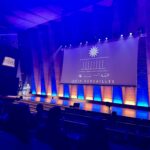
Oman Across Ages Museum_1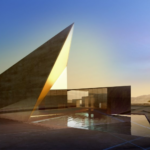
Oman Across Ages Museum_2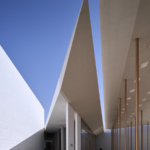
Oman Across Ages Museum_3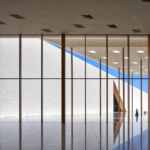
Oman Across Ages Museum_4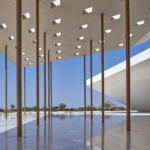
Oman Across Ages Museum_5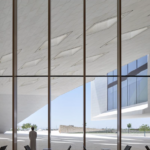
Oman Across Ages Museum_6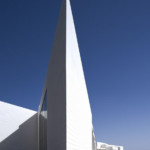
Oman Across Ages Museum_7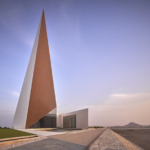
Oman Across Ages Museum_8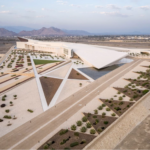
Oman Across Ages Museum_9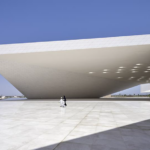
Oman Across Ages Museum_10 - COX-designed Oman Across Ages Museum (OAAM) pronounced one of the World’s Most Beautiful’ by Prix Versailles_ approved
COX-designed Oman Across Ages Museum (OAAM) pronounced one of the World’s Most Beautiful’ by Prix Versailles_ approved

